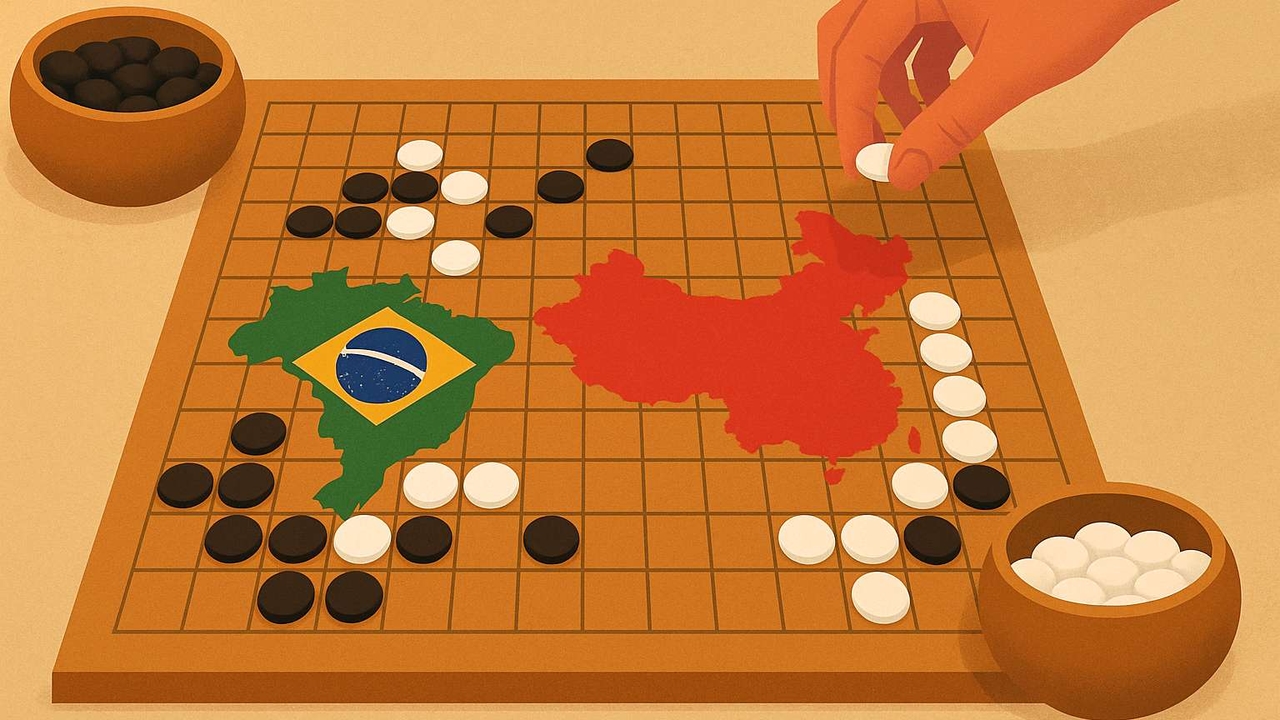US tariffs and weak dollar make Portuguese stone exports more expensive

"The only exports we have to the United States are ornamental rocks. These were previously taxed at zero and now have a tax of 15%," Miguel Goulão, president of the Portuguese Mineral Resources Industry Association (Assimagra), explained in an interview with Lusa, highlighting that, "adding the tax to the devaluation of the dollar, we are talking about a price increase of around 40%."
According to the official, the impact is not yet fully visible because the contracts are signed in the medium term, but the risk exists.
"At this moment, everything that has been contracted is being fulfilled, but the challenge will be for new projects," he said, adding that "there is a risk that the market will seek alternative solutions, such as cheaper composites and ceramic products."
The president of Assimagra noted, however, that the Portuguese sector maintains "some competitive advantage," since "Chinese products have a 50% tax rate and Canadian products also have high rates." "Although the rate has gone from zero to 15%, we are all on equal terms in Europe," he said.
The United States is not the main destination for Portuguese exports in this sector, but it is the market that values the product most. "Our main market is France, but it is one of the ones that values the product least," said Miguel Goulão. China and Spain follow on the list of largest buyers.
As for products, limestone "from the Central region" leads exports in volume, followed by granite and marble.
The official also highlighted the sector's efforts to abandon the low-cost logic. "We have made a tremendous effort to ensure that the sector wins projects not by doing things cheaper," he stated, noting that there are "iconic works in the world" made with Portuguese stone, such as the Perelman Performing Arts Center, next to the September 11 Memorial in New York.
noticias ao minuto





